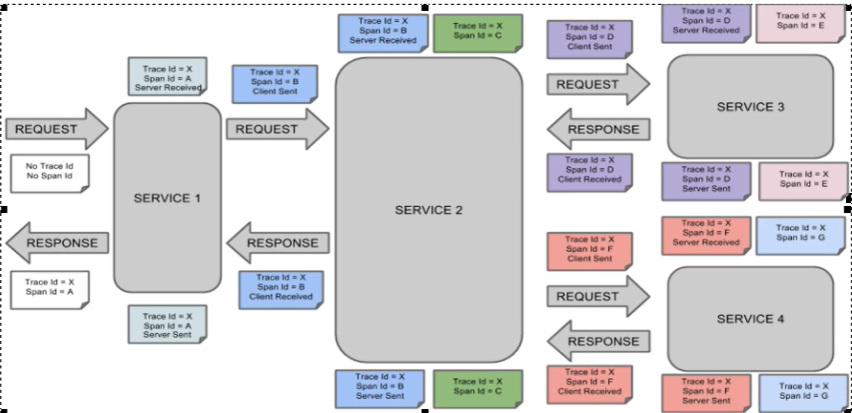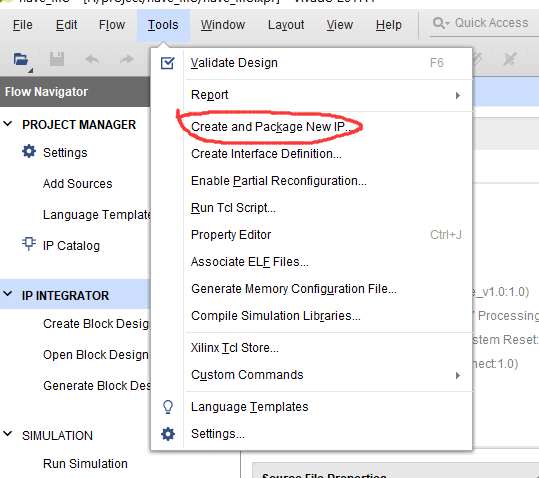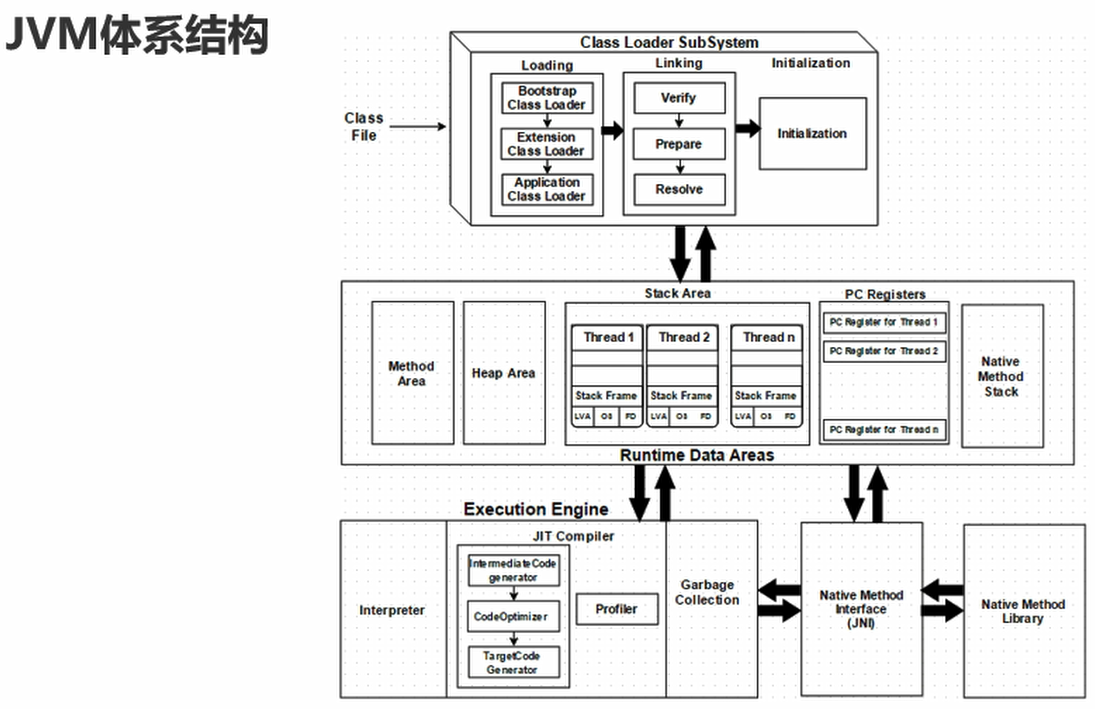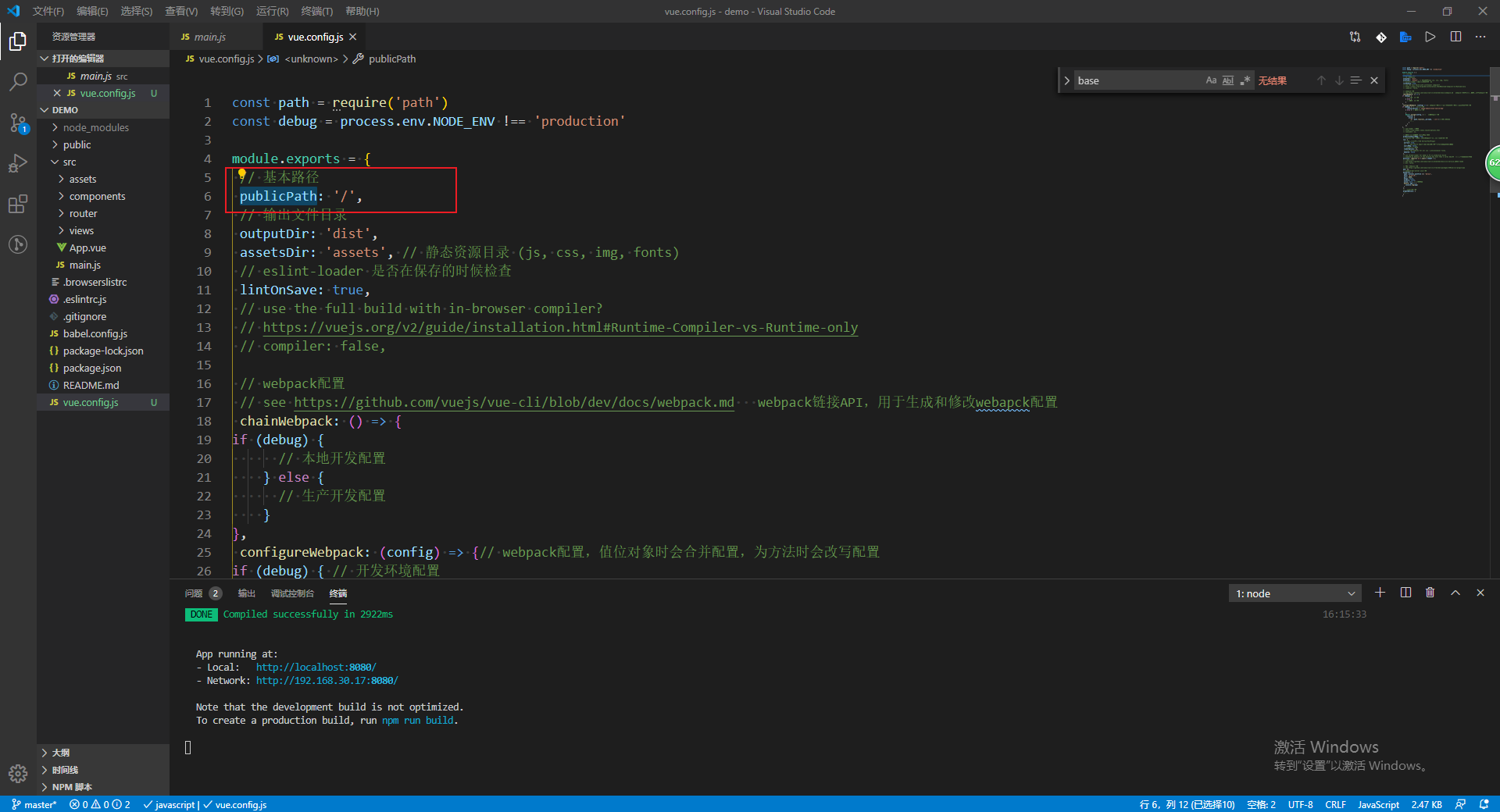Java如何处理文件和目录操作的异常
在Java中,处理文件和目录操作的异常主要通过try-catch-finally语句块来实现。
以下是一个简单的例子:
import java.io.File;import java.io.IOException;public class FileHandling {public static void main(String[] args) {File file = new File("path_to_your_file"); // 请替换为实际文件路径try {// 检查文件是否存在if (!file.exists()) {System.out.println("File does not exist.");return;}// 打开文件进行读写操作file.createNewFile();System.out.println("File created successfully.");} catch (IOException e) {// 处理文件或目录操作异常System.err.println("Error occurred while handling file: " + e.getMessage());e.printStackTrace(); // 如果需要打印堆栈跟踪,可以在这里添加}// finally块中的代码无论是否发生异常都会被执行finally {// 关闭文件以释放系统资源try {if (file != null && file.exists()) {file.delete();System.out.println("File deleted successfully.");}} catch (IOException e) {System.err.println("Error occurred while deleting file: " + e.getMessage());e.printStackTrace(); // 如果需要打印堆栈跟踪,可以在这里添加}}}}
这个例子中,我们首先检查文件是否存在。如果不存在,我们就打印一条消息并结束尝试。
然后,我们尝试创建文件(如果它不存在)。如果成功创建文件,我们将打印一条成功消息。
在整个处理过程中,我们都使用try-catch块来捕获可能发生的IOException异常,并在finally块中进行适当的资源清理操作。



































还没有评论,来说两句吧...